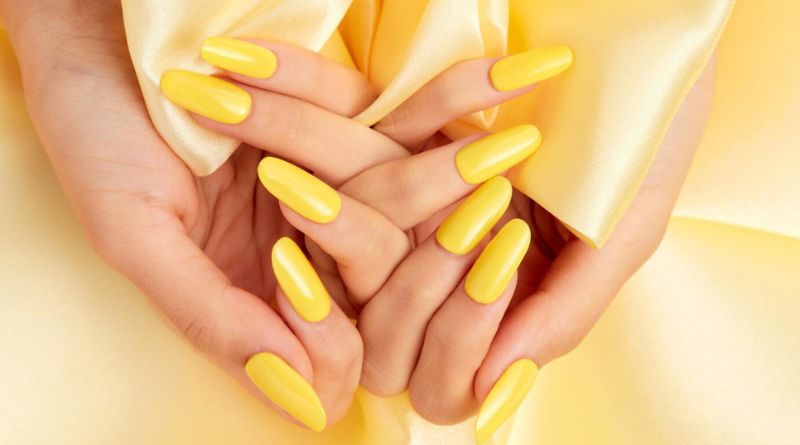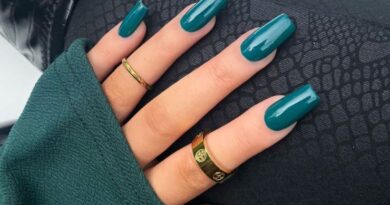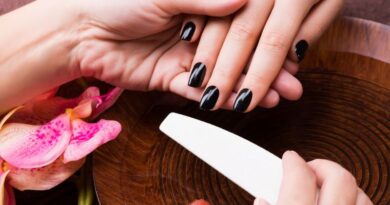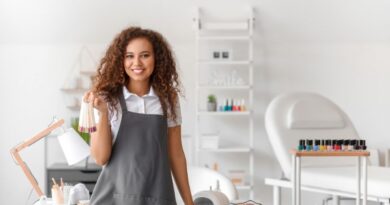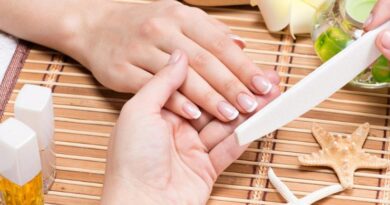Why Are My Nails Yellow – Yellow nails can be a common concern, prompting individuals to question the underlying causes of this discoloration. Typically, nails acquire a yellow tint due to various factors, ranging from lifestyle choices to underlying health issues.
Habits such as smoking, excessive use of nail polish, or inadequate nail hygiene can contribute to yellowing. Additionally, fungal infections, certain medical conditions, or nutritional deficiencies may play a role.
Understanding the reasons behind yellow nails is crucial for addressing the issue effectively. This introduction aims to shed light on the diverse factors that can lead to nail discoloration, encouraging individuals to explore potential causes and seek appropriate solutions for restoring the natural appearance of their nails.
Reasons Why Are My Nails Yellow
As we all know, these days everyone is busy earning money by hook or by crook. But it’s very important to take care of our health also. Now we are going to tell you certain different types of nail indications so that you can be aware about your disease and treat the disease on time. Because prevention is better than cure. Isn’t it?
Cracked or Split Nails

Thyroid disease has been related to dry, brittle nails that break or split regularly. A fungal infection is more likely to cause cracking or splitting, as well as a yellowish color.
Nails with a bluish tint
A bluish hue to the nails can indicate a lack of oxygen in the body. It could be a sign of a lung condition like emphysema. In addition, bluish nails have been linked to some cardiac issues.
Rippled Nails
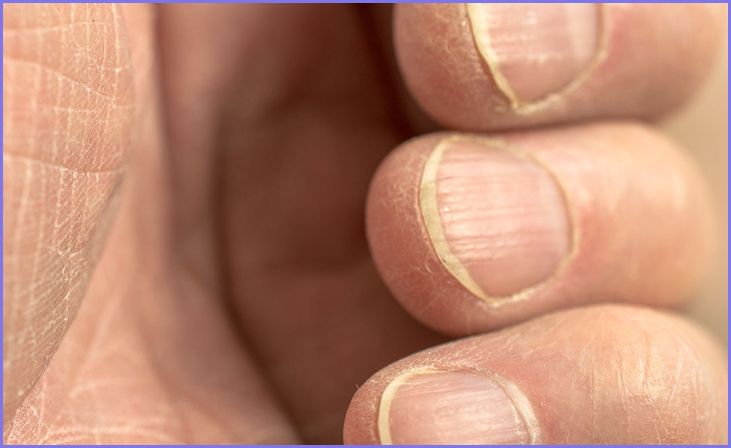
If the surface of your nails is rippled or pitted, it could be an indication of psoriasis or inflammatory arthritis. In addition, nail discoloration is prevalent, and the skin beneath the nail might appear reddish-brown.
Puffy Nail Fold
Inflammation of the nail fold occurs when the skin around the nail becomes red and puffy. Lupus or similar connective tissue illness could be at blame. However, redness and inflammation of the nail fold can also be caused by infection.
Gnawed Nails
Biting your nails may appear to be nothing more than a bad habit, but it can also be a sign of worry that needs to be addressed. Obsessive-compulsive disorder has also been connected to nail-biting or picking. If you are unable to stop, speak with your doctor.
Nails Are Only Part of the Puzzle
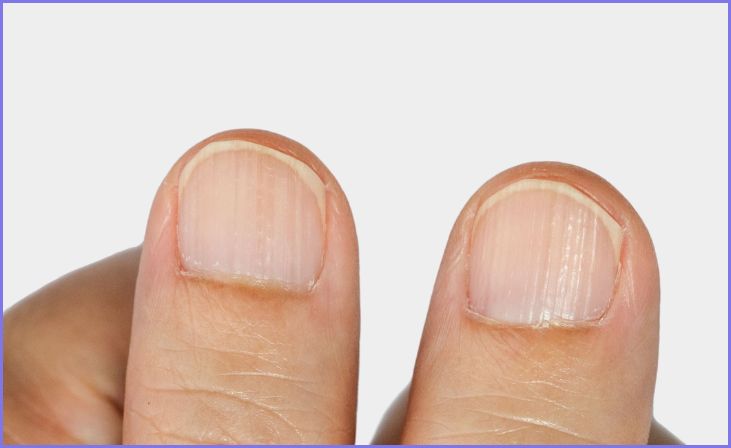
Although nail alterations are common in many diseases, they are rarely the first indicator. Moreover, not everyone with white nails has hepatitis; therefore, many nail abnormalities are innocuous. Nevertheless, consult your doctor or a dermatologist if you’re concerned about the appearance of your nails.
Read Also: White Nails with Design
Cause Why Are My Nails Yellow
Your nails might become dry, thin, and prone to break due to a variety of factors, including ageing and poor nutrition. They can also become brittle due to specific therapies and medical problems. You don’t have to live with this issue, though. When it comes to maintaining your nails healthy and strong, the appropriate care can make all the difference.
Cause: Too Much Moisture
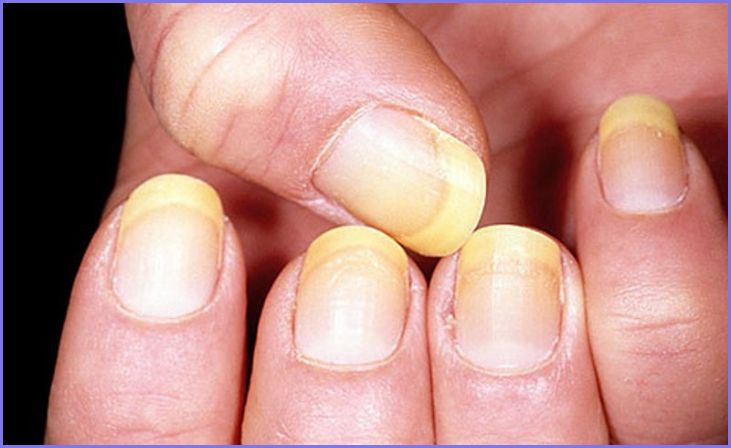
Your nails enlarge when they get moist. They shrink as they dry. If you frequently wash your hands in water, primarily if you use harsh soaps or detergents, the constant change might dry out your nails, making them soft and easy to peel.
Cause: Age
Your nails may dry out and grow even more slowly as you become older. As a result, toenails often thicken and become more challenging to break, whereas fingernails thin and become more easily broken. It doesn’t happen at any one age, and it doesn’t affect everyone, but it could be the source of your brittle nails.
Raynaud’s Syndrome
It’s a condition that influences the blood vessels and keeps your hands and feet from getting enough blood. As a result, it is hard for your nails to have what they need to stay healthy. Common symptoms of Raynaud’s syndrome.
Cause: Low Thyroid Levels
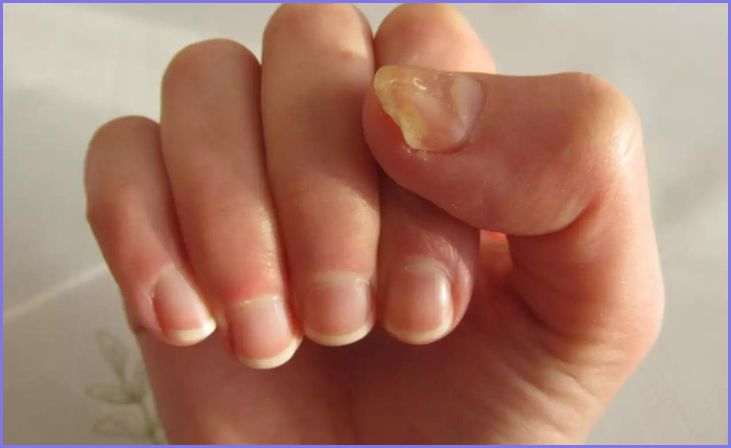
Sweat acts as a natural moisturiser for your body. However, thyroid hormone deficiency, often known as “hypothyroidism,” reduces the amount of effort your body produces. Hair, skin, and nails get drier as a result. As a result, you may also have aches and pains, weariness, weight gain, and memory issues, in addition to brittle nails.
Anaemia
Anaemia, or a decreased red blood cell count, is most commonly caused by a lack of iron in the blood. When you lose too much blood, this can happen. It can also be caused by a lack of iron in your diet or a condition preventing it from absorbing. Your nails may become brittle or collapse inward in the shape of a spoon if you have anaemia.
Cause: Cancer Treatment
Some cancer therapies, such as chemotherapy, can cause brittle nails. It’s not uncommon to have dry skin and nails. As a result, they may become frail, readily shatter, and grow slower than usual.
Not Enough Nutrients
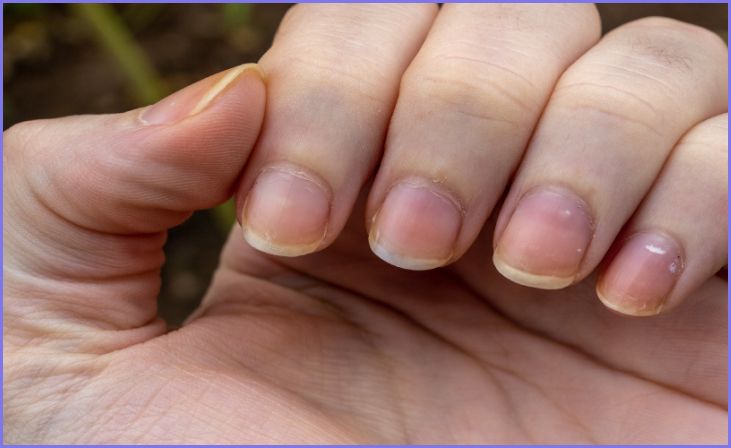
Brittle nails might occasionally indicate a lack of vitamins and minerals in your body. Low calcium levels, for example, can result in scaly skin, dry hair, and brittle nails, as well as muscle spasms.
Also, Read – How to Make Your Nails Grow Faster
Care Tip
Wear Gloves
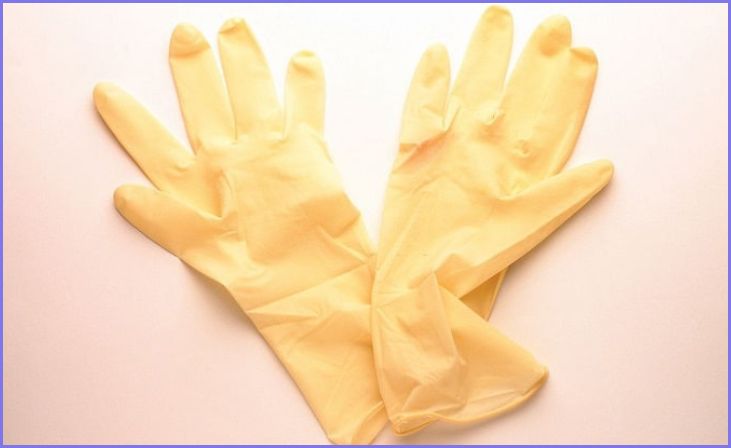
Putting gloves on when washing dishes or cleaning the house is the simplest way to prevent your nails from moisture or harsh chemicals. Choose rubber gloves with a cotton lining to reduce sweating.
Biotin Supplements
A small number of studies have shown that consuming biotin every day can thicken and strengthen nails. However, high doses may alter test results or interfere with epilepsy treatments. If you are in doubt whether it is safe for you or not, you may consult your Physician to clear the doubt.
Avoid Artificial Nails
Acrylic nails, such as those applied by a technician to your natural nails can do a lot of damage. A nail technician must file the surface down to get them to stick, making them thin. Chemicals in the adhesive cause them to be brittle. If you have fragile nails, stay away from this beauty routine.
Eat More Protein
The moment you consume adequate protein, the amount of keratin produced by your body increases automatically. Keratin is a protein that strengthens and develops hair and nails. Multiply your weight in pounds by 0.36 to determine how many grams you require every day.
Keep Your Nails Short
To avoid and repair snags, trim and file your nails regularly. If you want to cut your nails straight through, you must use sharp clippers or nail scissors. At the ends, point them into a slight curve.
Coat With Clear Polish
Nylon fibres in certain nail paints can help strengthen your nails and keep them from cracking or splitting. Apply it once a week, but don’t remove it with acetone-based removers, which might harm your nails.
Put on Lotion
For brittle nails produced by dry circumstances, lotions containing alpha-hydroxy acids or lanolin can benefit. Before using it, soak your nails in water for 5 minutes.
Don’t Use Nails as a Tool
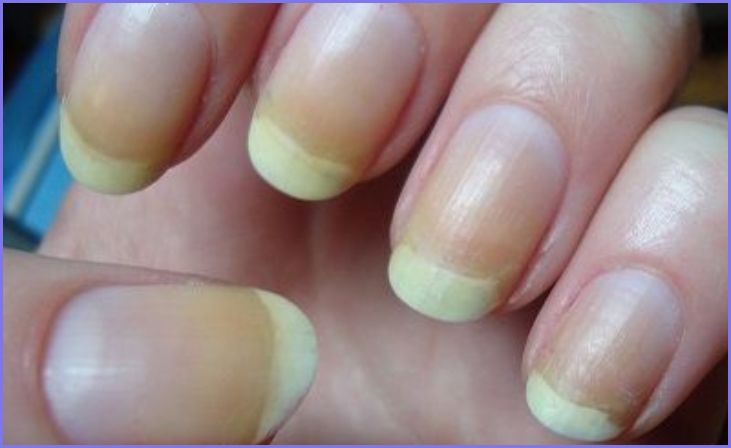
Do you prefer to use your nails to open soda cans or other containers? Then, take a break from it. Instead, reach for something else to avoid zapping your nail’s power.
New nail growth should be in transparent color and in a healthy manner, or harsh chemicals have damaged your nails. If your nails still remain yellow, it is possible that there could be a problem elsewhere in your body. Yellow nails can sometimes be an indicator of something more serious diseases which you can’t detect. The shortage of minerals and vitamins can make the nails yellow and adding a multivitamin supplement to your daily routine can be helpful. If after treatment your nails are yellow, it is a sign that you might have thyroid disease, psoriasis, or diabetes in some situations. In addition, yellow nails can occasionally indicate that you could have skin cancer disease. Yellow nail syndrome (YNS) is featured by persistently yellow nails and respiratory or lymphatic issues.
What is the simplest way to cure yellow nails?
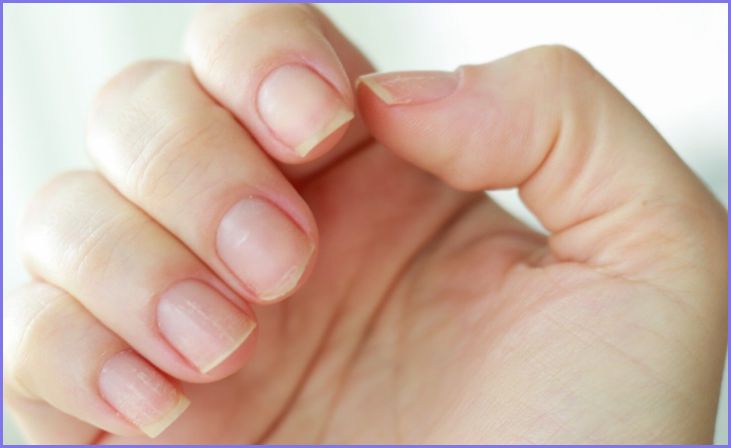
The reason for yellow nails will determine the treatment. For example, your nails are most likely stained due to an illness or a product you used. The causes of discoloration are the basis for these home remedies. It’s very hard to remember, though, that home cures aren’t always practical. See your doctor if home cures don’t work to remove the discoloration.
Tea tree oil
If the nails are stained due to a bacterial infection or fungus Tea tree oil is an easy remedy to try. You should mix one or two drops of tea tree oil with a carrier oil such as coconut, olive, or jojoba oil and scrub the mixture on the afflicted nails. After a long term research, scientists found Tea tree oil to block typical types of nail fungus from forming effectively.
Baking Soda
The fungus can only thrive in an acidic atmosphere. The fungus can be stoped by soaking your toes or your feet in hot water finely mixed with baking soda. It provides an alkaline environment that may leave your nails significantly cleaner after a few soaks.
Oil of oregano
Antimicrobial qualities are found in oregano oil, according to Trusted Source. It’s antibacterial and antifungal, so it’s a good remedy if you’re unsure why your nails are yellow. Oregano oil should be mixed with carrier oil before applying evenly to the afflicted nail or nails, just like tea tree oil.
Hydrogen Peroxide
The perfect combination of hydrogen peroxide and baking soda has been shown to whiten teeth efficiently, and it’s a typical ingredient for the purpose of whitening anything. That’s why it is commonly used in toothpastes. Because hydrogen peroxide has “oxidising” qualities, this can be used to remove stains.
It makes it an excellent treatment for product-stained nails. It is possible for nail paint dye to soak into the enamel of the nails, staining them permanently. Like how bleach removes hair pigment, hydrogen peroxide penetrates the nail and lightens the colouring.
In the warm water, adding baking soda to hydrogen peroxide in warm water and soaking the nails may help remove stains, and it will be even more effective.
Vitamin E
Vitamin E is widely known for the quality of assisting different cells in appearing healthier and gaining moisture. If you have plenty of vitamin E in your inner body system, your hair, skin, and nails all look more vibrant. However, IN CLINICAL TRIALS, vitamin E has also been proven to be a fine yellow nail condition.
Yellow nail syndrome is exactly what it sounds like; it’s a disorder that creates discoloured, ridged, and very thick nails. Vitamin E is capable of promoting healthy nail growth and can be applied topically or consumed orally to speed up the development of your nails.
Prescription Drugs
If yeast or bacteria is causing your yellow nails, try any remedies listed above to help clear them out. When a fungus causes yellowing, some oral medications such as terbinafine (Lamisil) or itraconazole (Sporanox) can help resolve this problem. However, both of these medications are labelled as these can possibly harm the liver if used for the long time. Let us tell you, this label is formed by the FDA.
They do have some common side effects such as diarrhoea and stomach pain. You could ask for ciclopirox as an alternate prescription treatment. Ciclopirox is applied to the nail and is similar to nail polish.
It may take weeks or months for all of these medicines to take effect. Your yellowed nails will gradually be changed by the growth of healthy nails. Just remember, that no oral or topical antifungal is 100% effective, and nail fungus recurrence is common.
Keeping your nails from becoming yellow
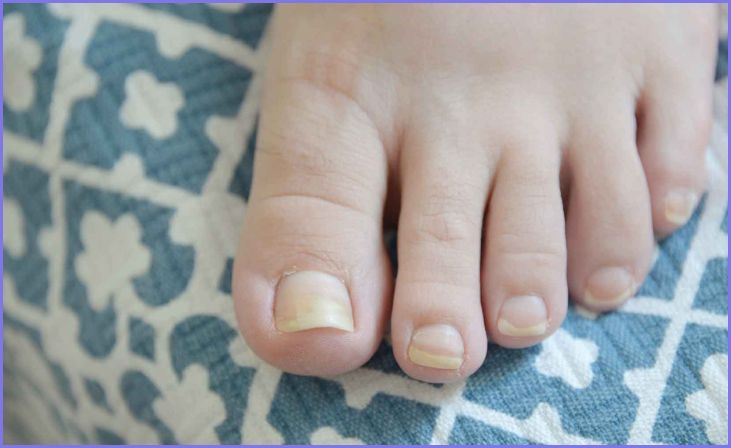
If you always maintain good nail hygiene as we have told you, the nail discoloration is easy to avoid. Customers should ignore nail salons and spas that transmit fungal infections and illnesses. A good manicurist will use a neat and clean or new manicure kit on each person.
Ignore using nail remover on your nails more than once a week, and choose a less harsh remover that does not contain acetone. Instead, trim your nails regularly, and once or twice a week clean dirt from beneath your nails using a nail brush. In addition, to avoid toenail infections like an athlete’s foot, always wear fresh socks and regularly expose your feet to fresh air.
Severe cases
Your situation should improve after attempting to treat yellow nails at home. If it doesn’t improve in ten days to two weeks, you should make an appointment with your family doctor. Your doctor will clearly guide you to do tests to see if your yellow nails result from fungus, yeast, bacteria, or something more serious. You should consult your doctor right away if you notice new darkly colored streaks in your nails. You may need to see a dermatologist.
Final Words
Yellow nails are common. For the best treatment to avoid yellow color of nails or particular disease, you might attempt a variety of home treatments. A yellow nail could be a sign of something more serious that you are unaware of.
Understanding the cause of yellow nails will lead to healthier nails and overall health. Do share this article with other people and also on social media. We will meet soon with another exciting topic.
FAQs
Yes, poor hygiene can contribute to yellow nails. Failing to keep the nails clean and dry can create an environment conducive to fungal infections, which may result in yellow discoloration. Regular nail care, proper cleaning, and keeping nails dry can help prevent this issue.
To prevent yellowing from nail polish, consider using a clear base coat before applying colored polish. This creates a protective barrier and reduces the risk of staining. Also, give your nails a break between manicures to allow them to breathe. If you notice discoloration, use a gentle nail polish remover and give your nails time to recover before applying more polish.
Yes, there are some home remedies that may help reduce yellowing. Soaking your nails in a mixture of baking soda and water, using lemon juice, or applying a mixture of hydrogen peroxide and baking soda can help lighten stains. However, it’s essential to be cautious and not overuse these remedies, as excessive scrubbing or harsh ingredients can damage the nails.

